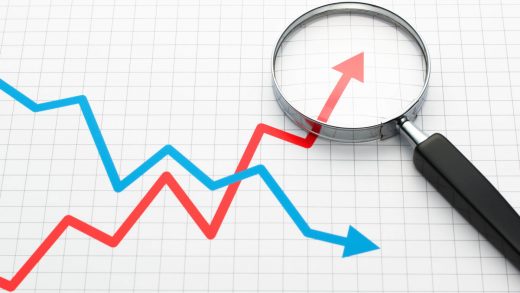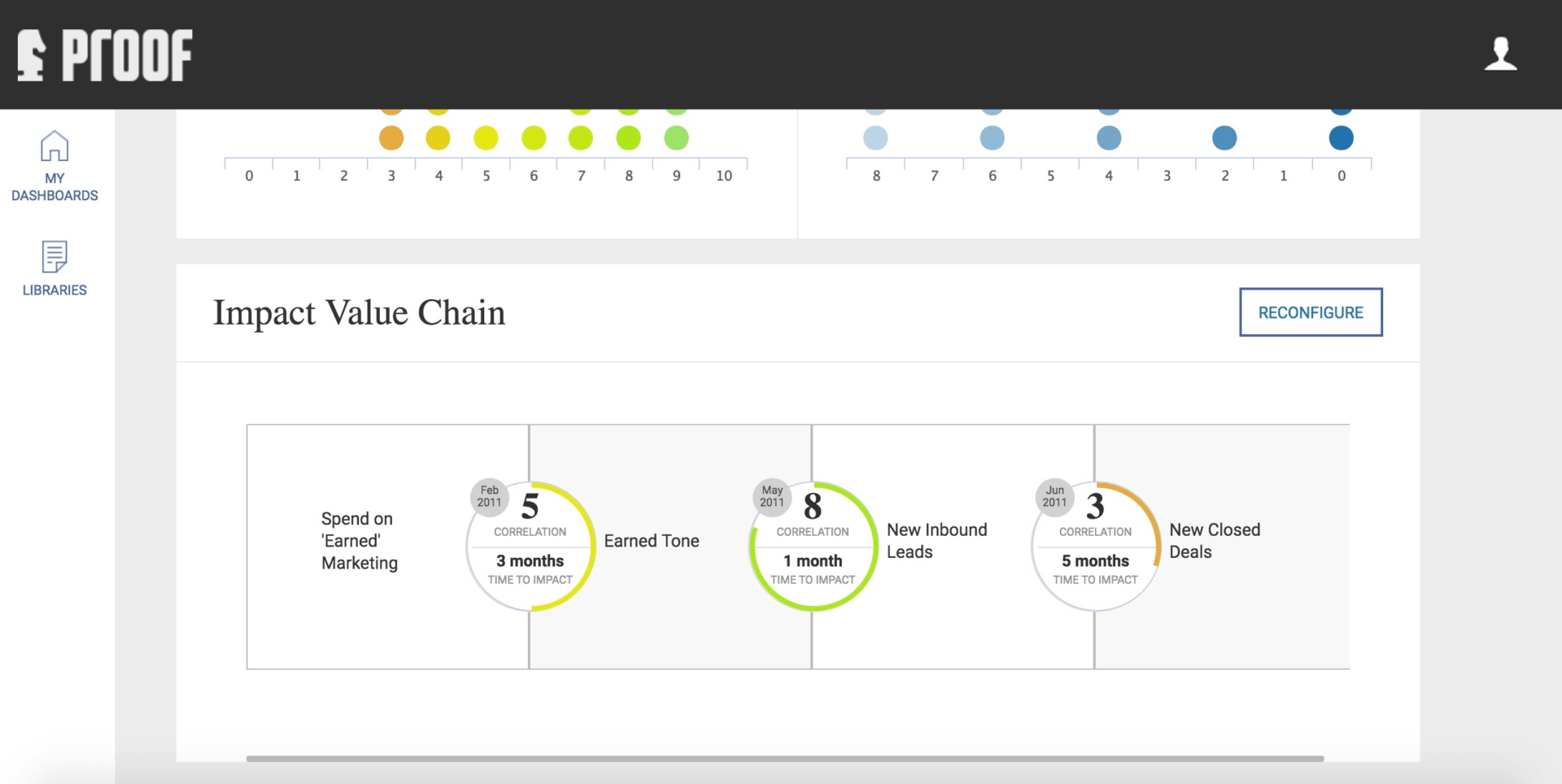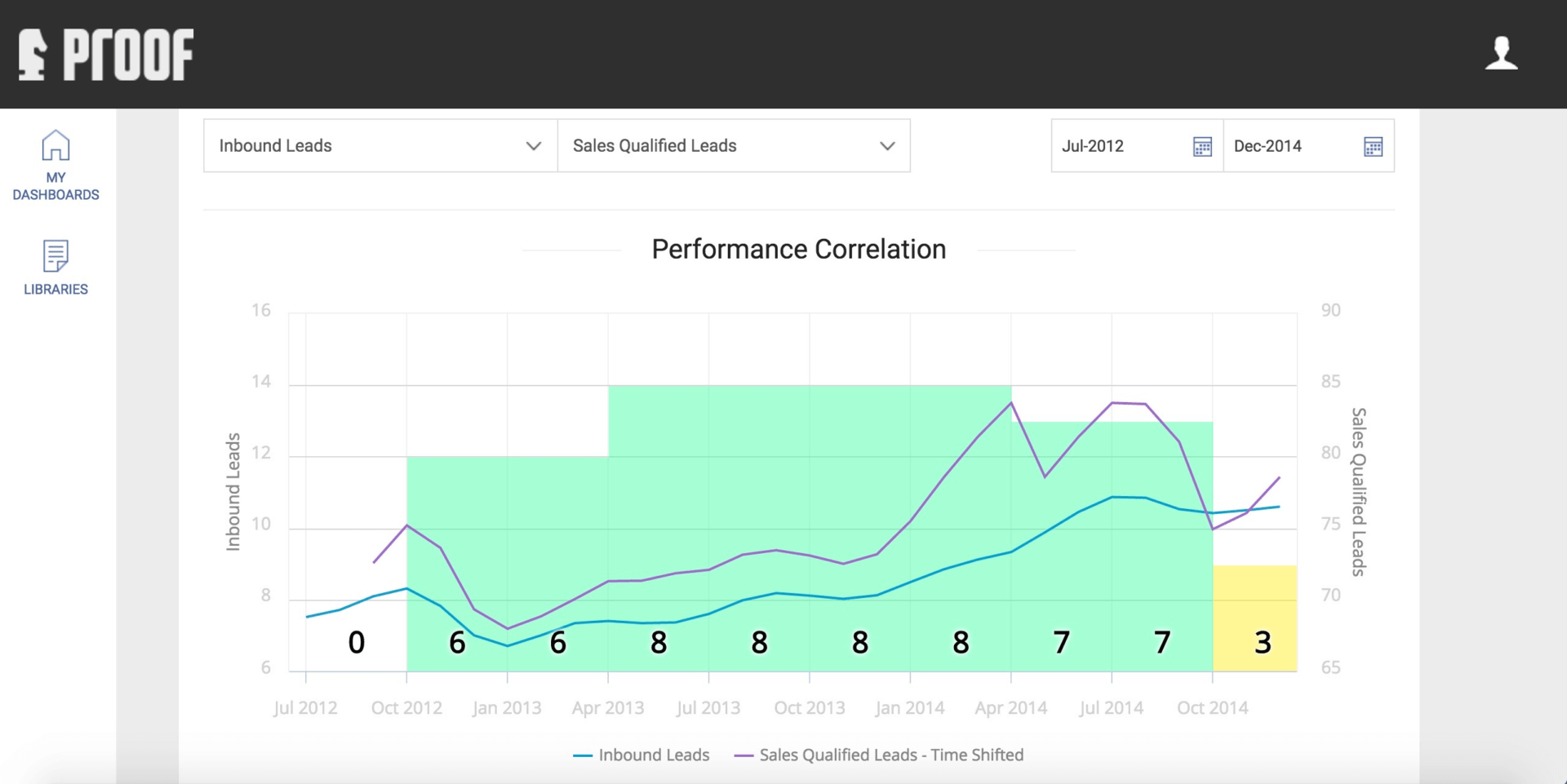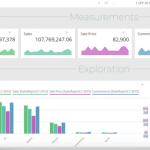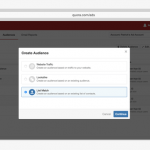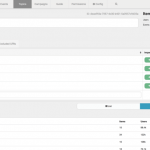New B2B analytics platform called Proof correlates sales results with marketing efforts, despite time lag
The approach is based on techniques honed over years by B2B execs.
Unlike B2C sales, B2B deals often take many months to close. But how can you determine which marketing, ad, PR or other spending drove the final deal, given such time lags for all the drivers?
That’s a key incentive behind a new business analytics platform, launched this week by a Phoenix-based startup called Proof.
The company, founded last year, describes the platform as being “the industry’s first business impact analytics for marketing and communications.” Essentially, it defines “impact analytics” as correlating causes to effects and taking into account the time delay issue.
The platform’s patent-pending Proof Correlation Engine is intended to show the effects of marketing and other efforts on such business performance factors as sales productivity, customer awareness, employee retention and other results, even when the effects are months away from the causes.
One use case, for instance, might be to measure how public relations efforts — such as getting a story in this and other publications — might result in closing sales deals next summer. The platform incorporates data from marketing spends, revenues, customer relationship management systems, social communities and other sources.
CEO and founder Mark Stouse told me that he and other colleagues had been developing the ideas behind Proof since 2005, when he was a group communications leader at HP.
“We were working on a system to retain our budgets, which were under assault,” he recalled.
At HP and later at BMC Software and Honeywell Aerospace, he said, the ideas were manifested in Excel spreadsheets with macros, but now they’ve been turned into algorithms and pattern recognition tech for the Proof platform. Proof’s current clients include marketing agency group W20 Group, communications agency Actual and marketing agency Fifth Ring.
The essential idea, he said, is to help B2B managers understand “what I’m spending versus what I’m getting.” He added that “no one else is accounting for time lag.”
Although many platforms contend that they track attribution or show various ways to determine return on investment, Stouse said there are at least two complicating factors.
One is tracking the customer’s journey through multi-touch attribution, noting that a customer came to a website, downloaded a white paper and took other steps that are attributed in some way to the final sale.
That approach, he said, assumes multiple contacts are part of a sequential journey toward the deal closing, while Proof tracks the separate time-delayed correlation of each driver, based on data.
The other factor, he said, is that a new lead often becomes a kind of baton-pass by the marketing department to sales, which takes over the lead, but much of what marketing is doing still impacts sales.
“There are a lot of things marketing is doing that they don’t get credit for,” he said, again pointing to Proof’s tracking of each driver.
Stouse noted that his company’s platform, targeted primarily at CMOs and Chief Communication Officers, “will tell you what happens, but not necessarily why or what to do about it.” As a result, he said, you need to “bring your brain to this tool.”
He pointed to business performance forecasting tool Prevedere as the only competitor in this approach, “in the sense that they’re doing a lot of the same things, but they focus on risk.”
Marketing Land – Internet Marketing News, Strategies & Tips
(32)

